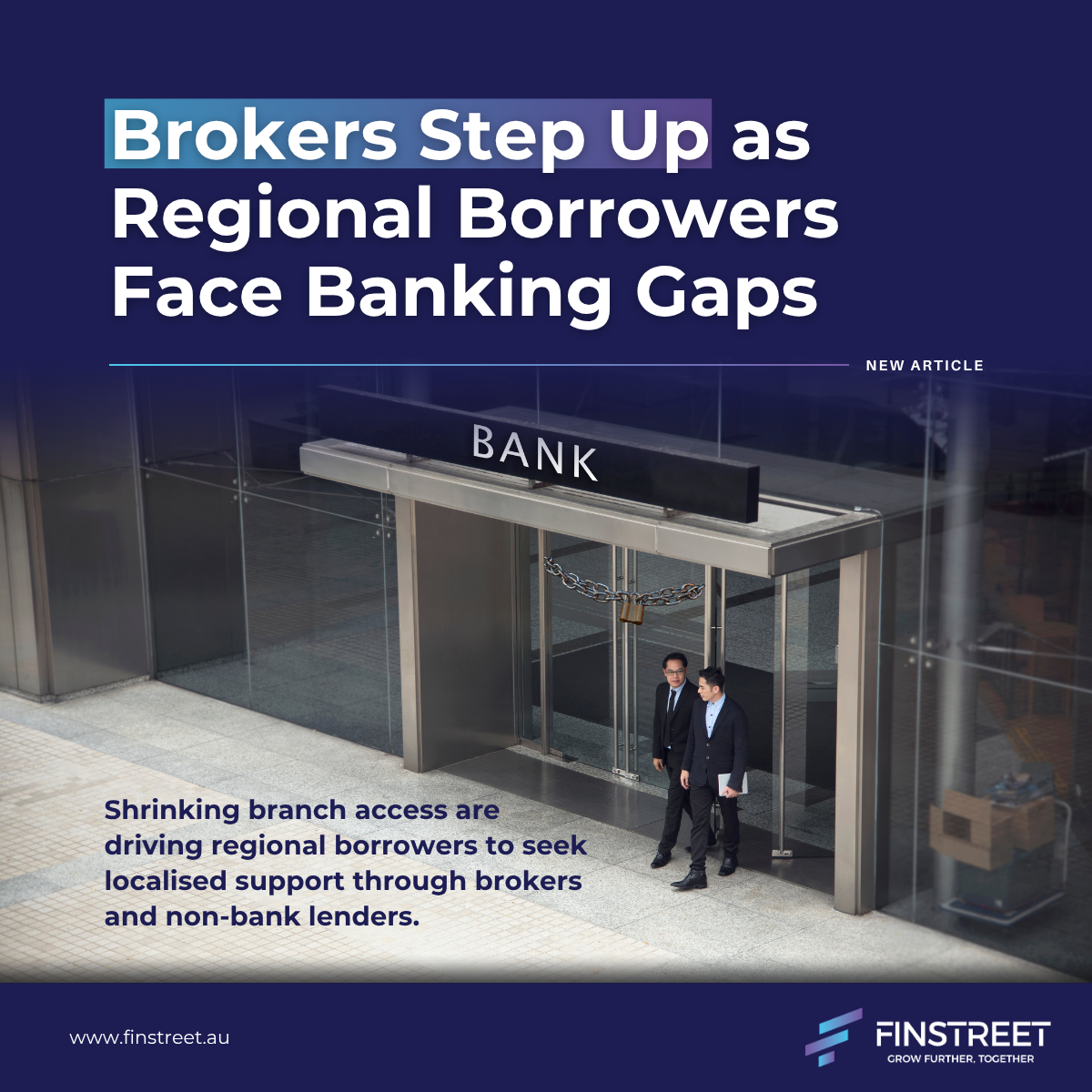18/11/2024
As traditional lenders like banks tighten their grip on lending, non-bank and private lenders are increasingly stepping in to fill the gap. This shift has been particularly noticeable in the business lending sector, where borrowers are facing higher barriers to access credit due to stringent lending criteria imposed by banks. The rise of private credit lending, which has surged in recent years, is a direct response to this evolving landscape.
The Shift Toward Non-Bank Lenders
In a recent article from brokerdaily, Peter Arnold, Director of GAP Business Loans, has observed the growing prominence of private lenders as viable alternatives to traditional banks. According to recent data from Citi, private credit lending has risen by 45% over the past 5 years, outpacing the 25% growth seen in traditional lending over the same period. This trend is not just anecdotal – data from the Reserve Bank of Australia’s half-yearly Financial Stability Review further supports the rise of private credit. The review indicated that approximately 11% of business lending and a significant 25% of small business lending is now provided by non-bank credit providers.
Arnold highlights that the shift is largely driven by increased risk aversion among traditional lenders, especially banks. “Traditional banks have long been the go-to institutions for borrowers, but we are seeing a growing number of non-bank lenders filling the gaps,” Arnold said. The heightened risk aversion stems from stricter regulations and a cautious approach to lending in a volatile market. As a result, banks have become more selective, raising the bar for borrower eligibility and limiting access to credit.
How Stricter Bank Regulations Are Shaping the Market
In response to heightened regulatory requirements and the need to mitigate financial risk, traditional banks have tightened their lending criteria significantly. Borrowers are now facing higher demands for documentation, more substantial credit profiles, and stronger security to access loans. These stricter lending requirements are particularly challenging for small businesses and investors, who often do not meet the traditional banks’ more rigid expectations.
For many small-business owners, it has become much harder to secure funding for growth. However, these tightened lending standards have also created an opportunity for non-bank lenders to step in and offer more flexible financing options.
Unlike traditional banks, non-bank lenders are not bound by the same regulatory restrictions, giving them greater flexibility in their lending approach. While still adhering to necessary lending rules, non-bank lenders can provide customised loan solutions that cater to the specific needs of businesses. This flexibility allows non-bank lenders to consider projects that traditional banks might shy away from due to perceived risks, such as ventures with uncertain immediate cash flow but significant future potential.
The Advantages of Non-Bank Lending
One of the key advantages that non-bank lenders offer over traditional banks is their ability to provide tailored loan terms and personalised service. Traditional banks typically offer standardised products with rigid terms and conditions, which can limit a borrower’s ability to secure financing that aligns with their unique business needs. Non-bank lenders, on the other hand, can be much more adaptable in structuring loans to meet the specific requirements of a borrower.
They focus on the project or deal itself – financing a project that a traditional bank might consider too risky, but that has long-term potential. This focus on future growth, rather than just immediate cash flow, enables non-bank lenders to support businesses with innovative or non-traditional financial needs.
Unlike the often cumbersome and time-consuming processes at traditional banks, non-bank lenders take the time to understand their clients’ industries and growth cycles, allowing them to provide faster, more efficient funding.
Traditional banks can be slow and bureaucratic, and their complex approval processes can delay growth opportunities. While non-bank lenders move quickly, providing businesses with the capital they need to seize new opportunities and continue operations without interruption.
The Future of Business Lending
The increasing role of non-bank lenders in the business lending landscape signals a shift that could fundamentally alter the way businesses access financing. As banks continue to tighten their lending criteria and become more risk-averse, non-bank lenders are positioned to fill the void with flexible, customised, and faster solutions for businesses in need of capital.
While traditional banks will likely remain a central player in the lending market, the growing prominence of non-bank lenders suggests that businesses may have more financing options than ever before. For small businesses and investors seeking agility and tailored financial solutions, non-bank lenders are becoming an essential source of capital, offering a viable alternative to the traditional banking system.
In the coming years, we can expect to see further growth in the non-bank lending sector as these providers continue to innovate and cater to the diverse needs of today’s businesses. The financial landscape is evolving, and non-bank lenders are proving to be a key part of the future of business lending.



